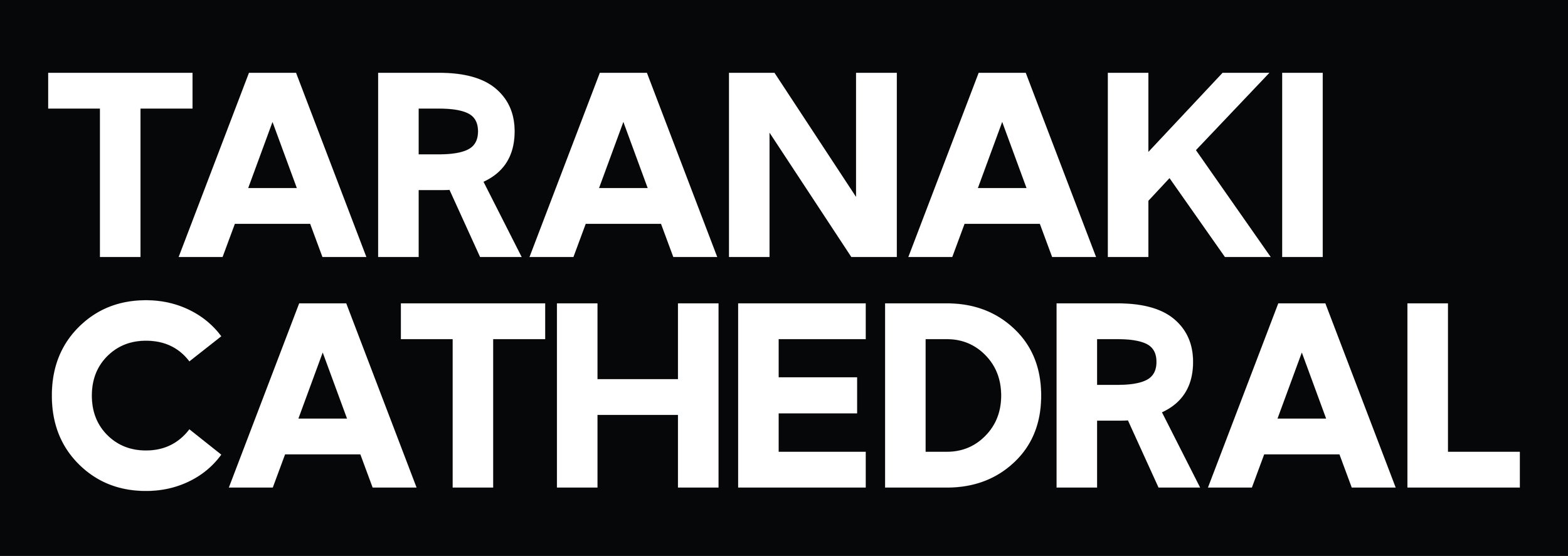Willam Bolland &
Henry Govett
St Mary’s First Priests
COUSINS
In 1842, cousins, William Bolland and Henry Govett (both 22 years old), along with William’s new bride (Jane) sailed to New Zealand looking for adventure. In Auckland they met Bishop Selwyn who convinced the two young cousins to take holy orders. Both William and Henry were sons of ministers so decided to follow in their fathers’ footsteps.
WILLAM BOLLAND
William was known for his sound principles, cheerful spirit, zeal and active mind and was ordained at St John's College in Auckland.
In 1843, William became St. Mary’s first priest. Bishop Selwyn sent him to serve both Europeans and Māori in Taranaki. He conducted services in Māori and English and regularly walked from Waitara in the north to Pihama in the south, visiting Māori settlements in the region. Hōne Pīhama, from Otumatua Pā, presented him with a carved tokotoko, to aid him in his travels.
The Bollands helped establish many things in their time in New Plymouth - Te Henui Chapel, a hostel, a hospital for Māori, and St Mary's stone church with a Sunday School building (where Jane taught), where the Memorial Peace Hall now stands.
It was an eventful time, full of challenges, including the death of their infant daughter. Then, in 1847, while looking after a sick student in their home, William caught typhus fever. Jane was pregnant, and William tragically died three days after the birth of their son. He was only 27 years old. His cousin Henry Govett arrived in time to take the funeral and buried him beside his infant daughter in St Mary's Churchyard. Two cypress trees were planted at the foot of the grave at Jane’s request, which were the first exotic trees to be planted in New Plymouth.
HENRY GOVETT
Henry Govett was known for being a good man, shy, generous and very kind. He was close to his cousin William Bolland, they went to school together and after settling in New Zealand in 1843, Bishop Selwyn sent Henry to serve a Māori community at Waikanae. He became a priest four years later, at the end of February 1847. Three months later his cousin William suddenly died of typhoid fever. He rushed to New Plymouth to console William’s wife Jane and newborn son, and take the funeral. Two months after the death of his cousin William married Margaret Hunter, daughter of Wellington’s first mayor. The newlyweds were in Nelson for a short period of time before being sent to New Plymouth, where Henry replaced his cousin William as priest of St. Mary’s for the next 50 years.
Henry ministered to both Māori and settlers. He was proficient in te reo Māori and undertook long and often dangerous journeys on foot to minister to the communities along the coast from Otumatua to Mokau, and inland to Pukemahoe. St Mary’s remained strongly Māori into this decade. Henry worked hard to create peace and goodwill, and young Māori such as Te Manihera of Ngati Maru were sent by their communities to be educated and trained by the church.
The settler population grew enormously during this time and the pressure to acquire more and more land caused relations between Māori and Pākehā to deteriorate. In 1855, 500 Brittish troups arrived in New Plymouth to protect settler interests. They set up camp behind St Mary’s which had a huge impact on the ministry focus of the church. Henry worked hard to keep the peace, but, interestingly, decided to make a trip with his wife to England when tensions were high. He was gone for two years, and by the time he returned in 1859, race relations were at breaking point. He came home to a town on the brink of war and built a new vicarage next to St Mary’s, where he could live amongst his parishioners who were gathered for protection in town. The church was no longer a safe place for Māori who opposed the Crown, so Henry turned his attention to the needs of the settlers and the military, to whom he became chaplain and conducted a special service for the troops every Sunday during the war period. In trying to keep the peace, even the Church took sides.


